
Galapagos and Easter Island – 2013
It was potentially the most exciting day of our six week journey. But it had started to rain. It was torrential and we could barely see more than 50 feet before our eyes.
But emerging from the equatorial scrub was a 200 pound tortoise. Then another, and another. Pretty soon there were about 40 of the huge creatures slurping through puddles, following each other along the rough gravel paths.
The rain, in fact, meant that virtually every tortoise on Isabela Island in the Galapagos had come out to take a drink of the desperately needed rainwater. Our guide said we saw more that day than she had seen in any sighting for years. Sometimes, she explained, you can hike along the pathways but never see them.




Cameras getting wet, we were soaked to the skin by the downpour. Yet it didn’t matter. We were in probably the most famous wildlife watching destination in the world and the tortoises were utterly magnificent to watch as they greedily lapped up the warm tropical storm water and chewed on the newly drenched grass.
We were part way through an extraordinary week long cruise around the Galapagos. Travelling by boat is the most practical way of seeing highlights of the 13 different volcanic islands, slap-bang on the equator.
We had flown the 600 miles there from Quito, Ecuador, and were observing the sheer spectacle of the place that provided inspiration for Charles Darwin’s ground breaking theories. We were with about 55 other adventure seekers on a small cruise ship which came with expert local guides and several powerful zodiacs to take us from the main boat through the shallow waters onto the beaches of different islands. Islands overflowing with wildlife at every turn.
And it was on one of those beaches that a small group of us undertook a dramatic rescue. As we approached the far end of the beach, a giant 200 pound turtle was stranded on its back, as the sun got steadily hotter.
Turtles are unable to turn themselves over, and there was no question this turtle was going to die in the already 30 degree temperature. But it was a dilemma – as to touch wildlife on the islands is against the law.
Fortunately common sense prevailed and our guide agreed that half a dozen of us should approach the turtle and turn it over. This was no small feat as it was very heavy. But we managed to get it back on its feet and within seconds it was scurrying (as much as a turtle scurries!) down the beach into the water. If turtles could smile, it was smiling – it had been a very narrow escape.

It is fair to say that my wife, Carol-Ann, turned her nose up at the idea of travelling to the Galapagos. She would, she said, rather go back to Africa. It didn’t take her long to decide she was wrong and described this as a piece of equatorial heaven on earth.
We sailed to the islands of Baltra, Daphne, Espanola, Floreana, Isabela, Fernandina and Santa Cruz and saw everything from penguins to boobies with bright blue feet, and male frigate birds with their extraordinary red balloon-like sacs under their throats.
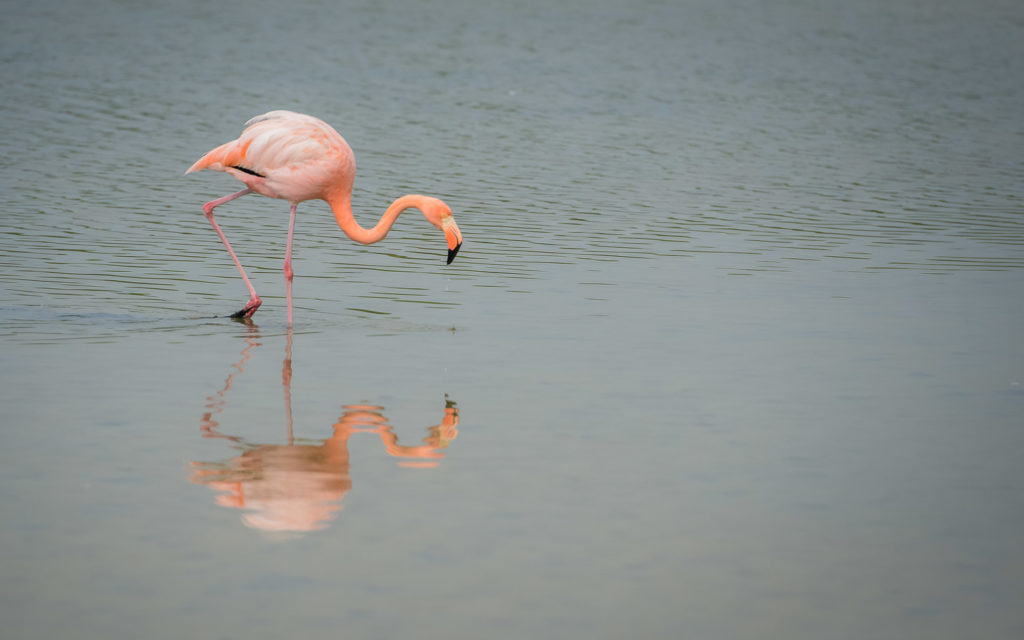




Each day seemed to get more spectacular as we mingled with the wildlife – snorkelled with the sea lions and seals and got within a few feet of exotic, prehistoric looking iguanas of all colours and sizes.

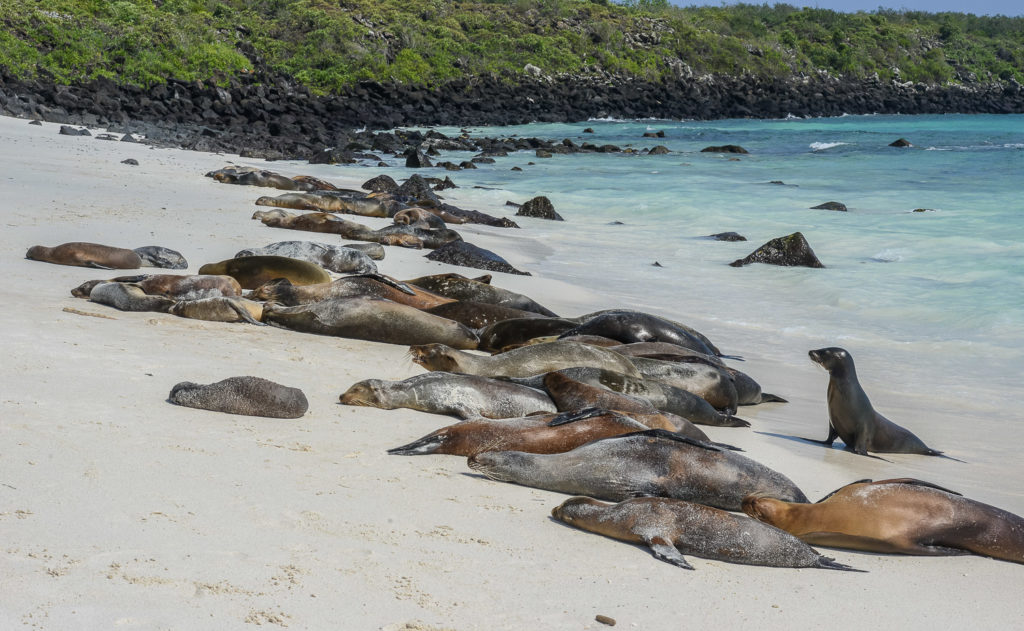




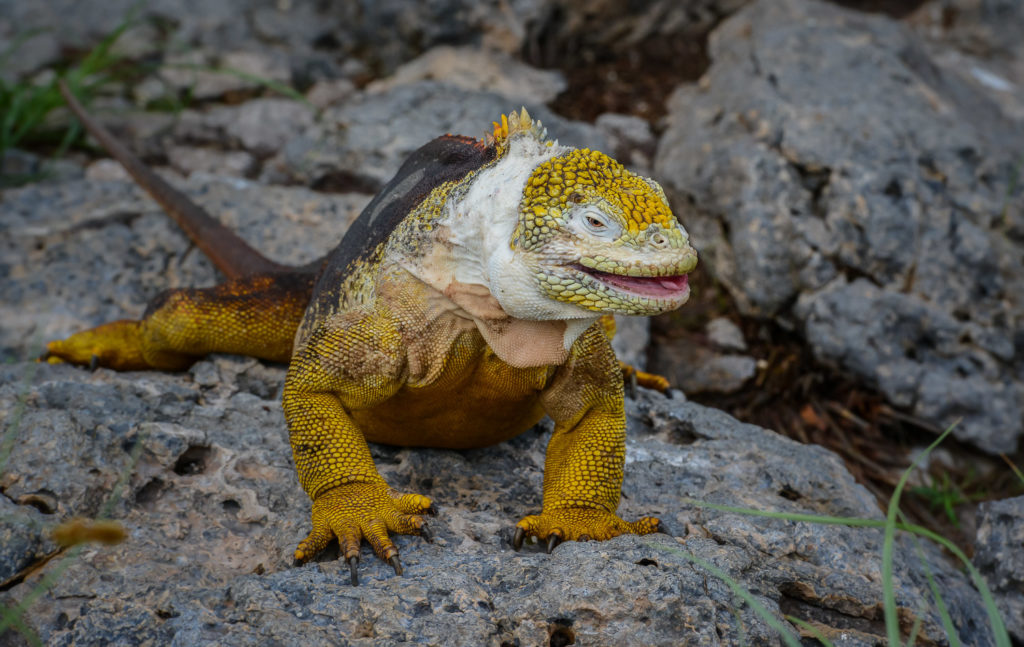


Quito was a dazzlingly beautiful city and is the hub for flights to Galapagos. And we arrived there from a once-in-a-lifetime trip to magical Easter Island, also slap dab in the middle of the Pacific Ocean – but further south than the Galapagos.


It is nearly 2,500 miles off the coast of Chile and one of the most isolated inhabited spots on earth. Easter Island, or Rapu Nui as it is called locally, is also one of the most mysterious.
We stepped off the plane into the humidity of Easter Island, and immediately after checking into our modest hotel set about exploring the 900 stone statues scattered over the tiny island. The tallest are almost 33 feet high and weigh more than 80 tons.
I will never forget my first glimpse of Ahu Tongariki. We were heading along the clifftop road, when there was a sudden bend and before us, the statues: 15 colossal moai looming up upon their panoramic stone platforms, like stony faced soldiers on parade. It really should be one of the wonders of the world.



A thousand years ago they were raised into place in one of the most intriguing engineering feats ever achieved by primitive man. The statues have massive seven foot high heads of stone: some look angry, some anxious, some have their heads topped with red rock hats.
Apparently the mystical figures would be outlined in the island’s cliff walls first, then chipped away until only the image was left. But no-one has really unlocked the secrets of Easter Island. Did the islanders cut down trees to roll the giant statues into place? How did the islanders get there and where did they come from? How did they actually carve the stone?
You see the statues everywhere you turn – dotting the green hillsides and on the beaches with their backs to the ocean.


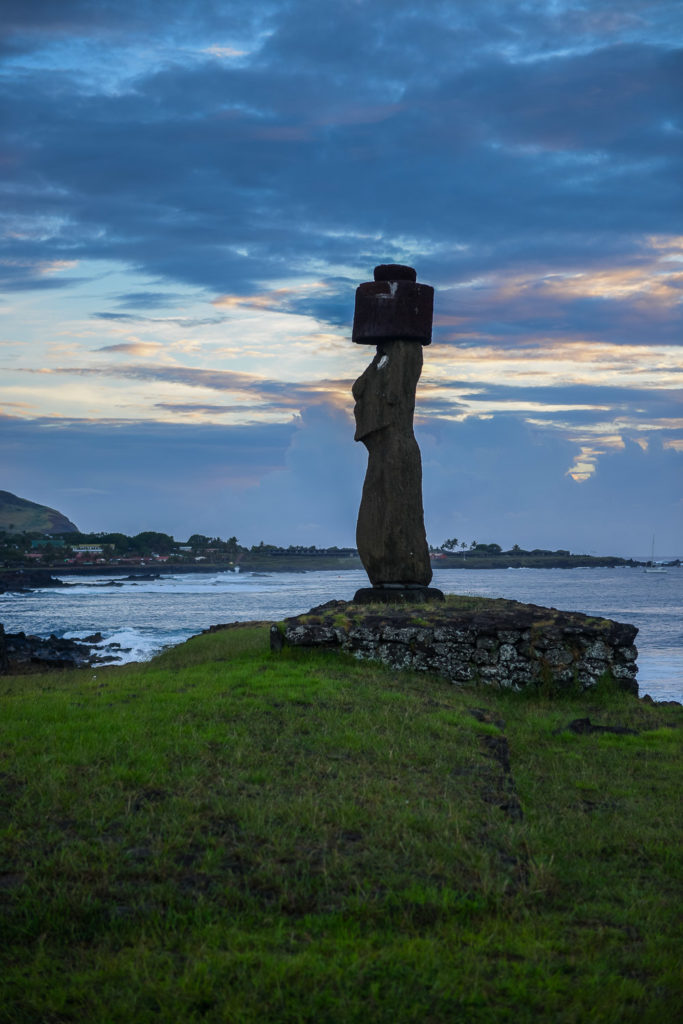
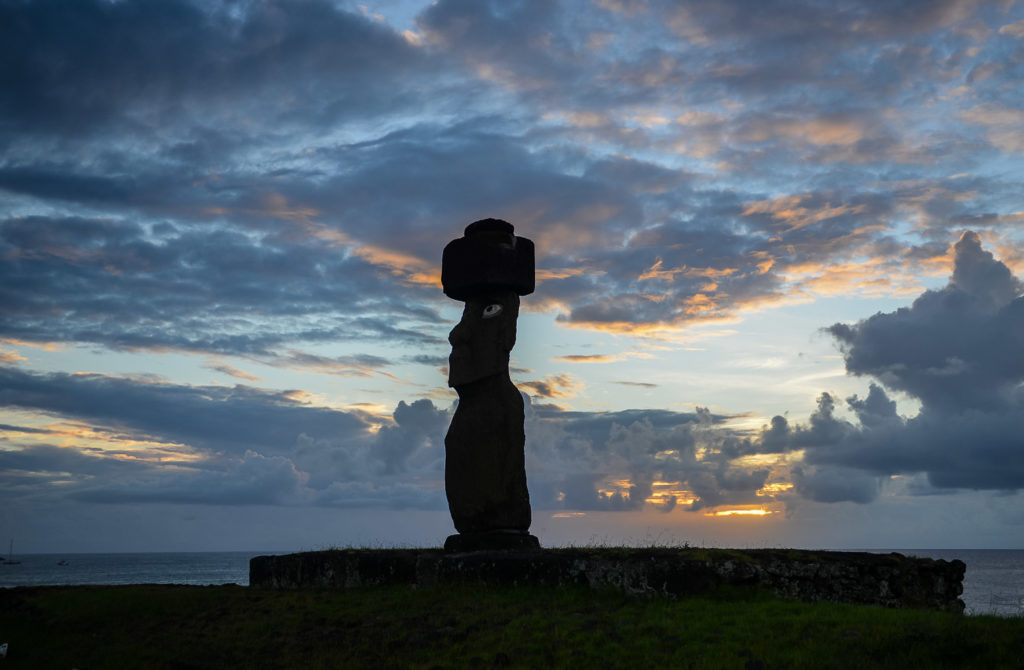

We had actually begun this adventure a few weeks earlier in Argentina. After a three days visiting friends in Rosario, birthplace of the world’s greatest footballer Lionel Messi (we ate at a restaurant his parents owned), we picked up a cruise in Buenos Aires which took us down the coast to Ushuaia – a taking off point for Cape Horn, one of the windiest, stormiest places on earth.


As we sailed through benign seas, it was hard to visualize that this place was where hundreds of sailors have been swept to their deaths over the years, as the Pacific and the Atlantic crash into each other around this rocky outcrop at the southern end of the Andes Mountains.

In fact it was so calm, and so tranquil, the photographs look almost anti-climactic….but then we were headed to a photographers dream, due south to Antarctica. Now, ideally, we would have travelled in a smaller expedition ship run by organizations like National Geographic, but the cost was four or five times what we were paying to be on a conventional Celebrity cruise ship.
And we had fun. The good weather around Cape Horn stayed with us for the three days we sailed through Antartica. It was freezing cold – around minus 10 degrees – but perfect blue skies. The captain said he had never experienced such spectacular weather for the cruise as we sailed through Schollart Channel, Paradise Bay and by Elephant Island.


The giant ice mountains were piled high with snow, huge icebergs floated ominously past the ship, and we watched, fascinated as huge chunks of ice calved off the surrounding glaciers, with a deafening, cracking sound.


We headed back to Buenos Aires via the Falkland Islands. There was only a fifty-fifty chance of getting in because of high winds. But made it we did, and had a never to be forgotten day wandering around the town that became the centre of a world crisis during the Falklands War, 25 years earlier. We also spent time with some of the island’s gorgeous King and Gentoo penguins on the windswept beaches.


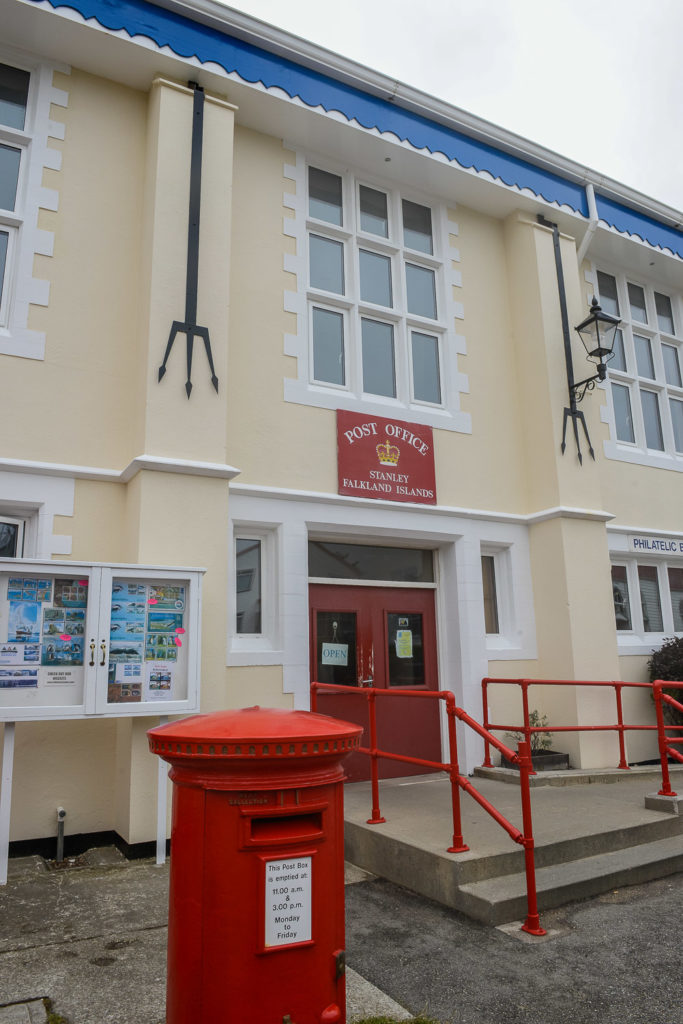



After a day in Montevideo, Uruguay, we sailed back to Buenos Aires and began the long flights to Easter Island and Galapagos.
As Charles Darwin famously said: “A man who dares to waste one hour of time has not discovered the value of life.” I would like that written on my gravestone!


